

Past Event
Content from the Brookings Institution India Center is now archived. After seven years of an impactful partnership, as of September 11, 2020, Brookings India is now the Centre for Social and Economic Progress, an independent public policy institution based in India.
In the last few months we’ve had 21 licenses issued to banking institutions – payments banks and small finance banks which is more than the total number of licenses issued in the 4 decades prior to that. The breakthrough in this process is that we’ve moved from commercial universal banking to a more niche, focused, and differentiated model. A basis for this is the recognition that if we are to address the needs of the heterogeneous population, then we cannot use a one size fits all approach. The standardized business models cannot be expected to handle all the needs of the individuals.
Payments Banks represent an effort to reach out to a large number of previously unbanked households by offering a set of services which meet their requirements but also reducing the load on organisation by managing their portfolios, minimizing their risks by restricting the kinds of investments that can be made. And hopefully finding a way to use these as not only stand-alone business model, but also finding a way to integrate them into the larger banking system. Payments Banks can potentially fill what has been a significant last-mile gap in the financial system.
However, the systems under which Payments Banks have been set up and have received licenses require some clarification and assurance that this is a viable and attractive business model.
Financial Inclusion landscape in India
As we contemplate the emerging landscape of financial inclusion in India there are three important trends we need to consider:
The combination of these three factors becomes a profoundly important time for the financial sector landscape in India.
Payments Banks are a revolutionary initiative as far as India is concerned. They make access of financial services for every individual more convenient. This has been achieved through an open architecture. India has taken the m-pesa concept and made it into an open architecture by allowing people to choose who their payments bank should be. This has allowed for the creation of competition in the financial access industry by bringing down barriers to entry in order to provide last mile access.
The Direct Benefits Transfer are providing the transactions that will provide liquidity in the system. The DBT are adding liquidity into the system and making sure that NREGA payments, pensions, scholarships etc which were happening through government offices are now moving through bank accounts and the cash out is coming through payments banks.
This combination of Inclusion – Access – Liquidity will be transformational for people in India who have so far been excluded from participating in the financial inclusion system. Once this architecture is in place, the next step must be to think about the type of products and services that can be provided that will change people’s financial behaviour.
Pensions have become a huge liability, as most people do not have any long term financial savings. Indians typically have not done a good job in saving for their old age. Hence, the need arises to encourage people to save for the future. The Atal Pension Yojana is one such product targeted to those who are not in organised employment, and provides them with the ability to save for their retirement. However, there is a need to come up with innovative approaches to enable people to participate in and take advantage of such schemes.
There is a tremendous opportunity for collaboration between the larger banks and organisations which have the last-mile access. The open architecture can facilitate such collaborations in order to provide last-mile access. Regulations for Payments Banks were designed in such a way to facilitate collaborations – allowing a one lakh limit, and only for cash in – cash out purposes.
Innovations in the financial sector
Most innovations in the financial sector have been organic – they occurred in response to a need which arose. The need was to integrate all Indians within the formal banking system in the least possible time and at the lowest possible cost. These needs can be fulfilled through innovations in both hard and soft technologies – mobile banking, VSAT technologies etc. Using existing institutions, existing frameworks, relying on existing players such as Kirana shops, citizen service centres, post offices etc is the way to achieve low cost access in the least possible time. These institutions have the trust and support of the individuals in the area, hence, using them to act as BCs and providers of DBT can prove to be useful. Using existing institutions to sell products and to explain advantages of the products, to instil confidence, to carry inputs back to the banks are the kinds of things that can be leveraged.
Certain issues however still persist in the payments banks space, these include:
In order for the Payments Banks experiment to work there are four elements which need to be addressed; business model, reliability of technology, regulators, reasonably reliable source of business.
Session 1: Regulatory Challenges
Key Insights –
Session 2: DBT Perspective
Key Insights –
Session 3: Viability through sharing
Key Insights –
Session 4: Technology
Key Insights –
Event Announcement
Brookings India and the Centre for Digital Financial Inclusion held a day-long conference on Payments Banks.
Inaugural Address by Shri Jayant Sinha, MoS Finance
Valedictory Address by Mr. R S Sharma, Chairman, TRAI
A payments bank has all the key functionalities of a traditional bank, except offering of loans. It is allowed to accept deposits up to ₹ 100,000 per account, payments and remittance services, and internet banking. It may also function as a business correspondent of other banks. The intention of these banks is to foster financial inclusion by providing small savings accounts for payments and remittances to low-income households, migrant workers, small businesses and unorganised sector entities.
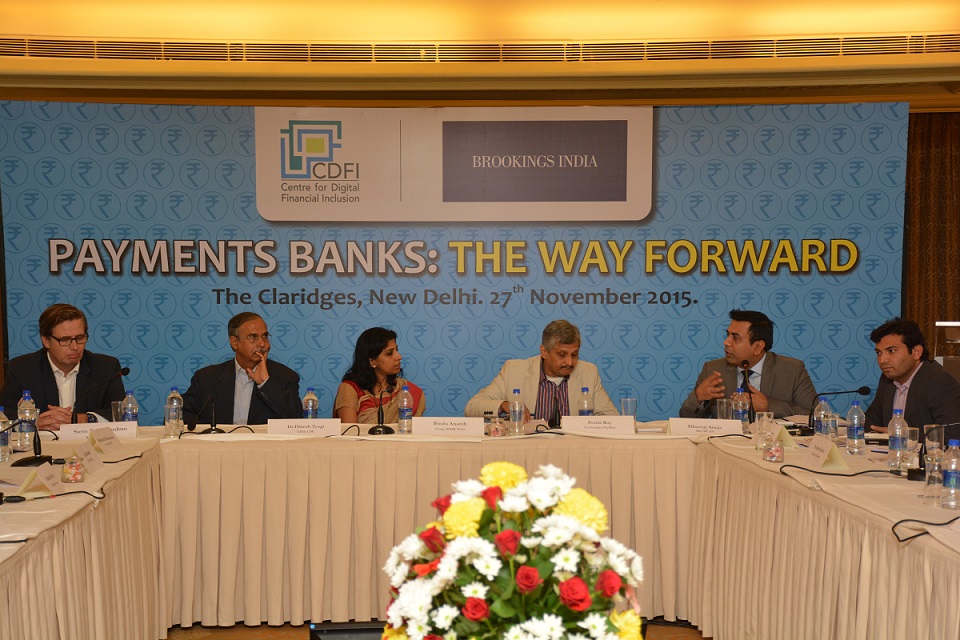
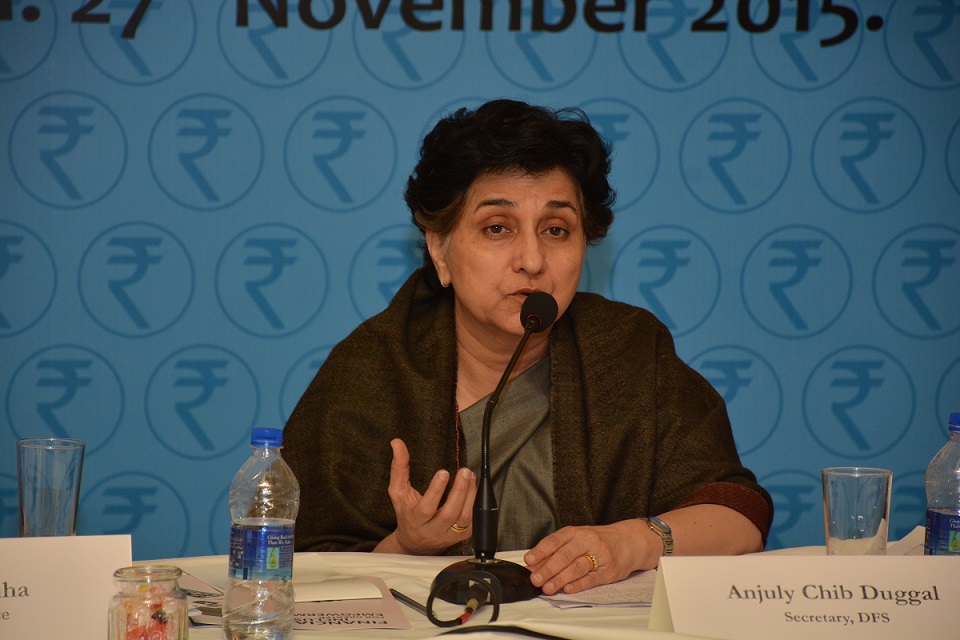
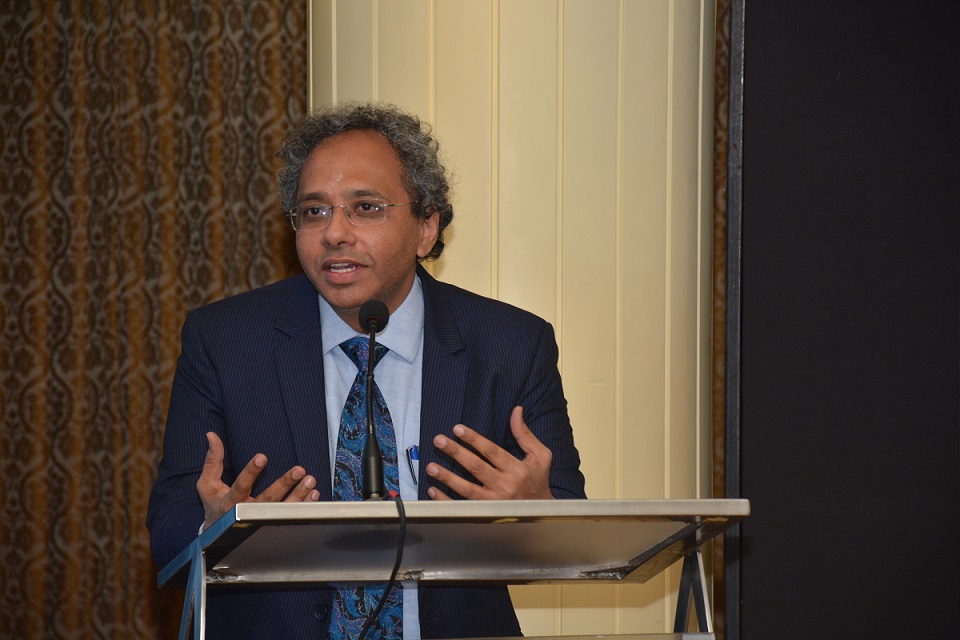
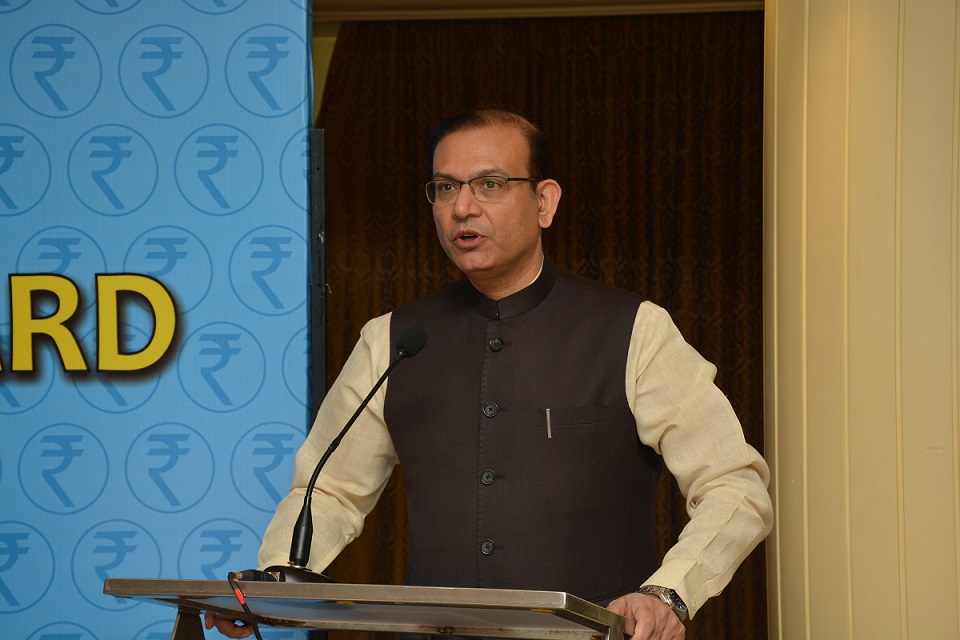
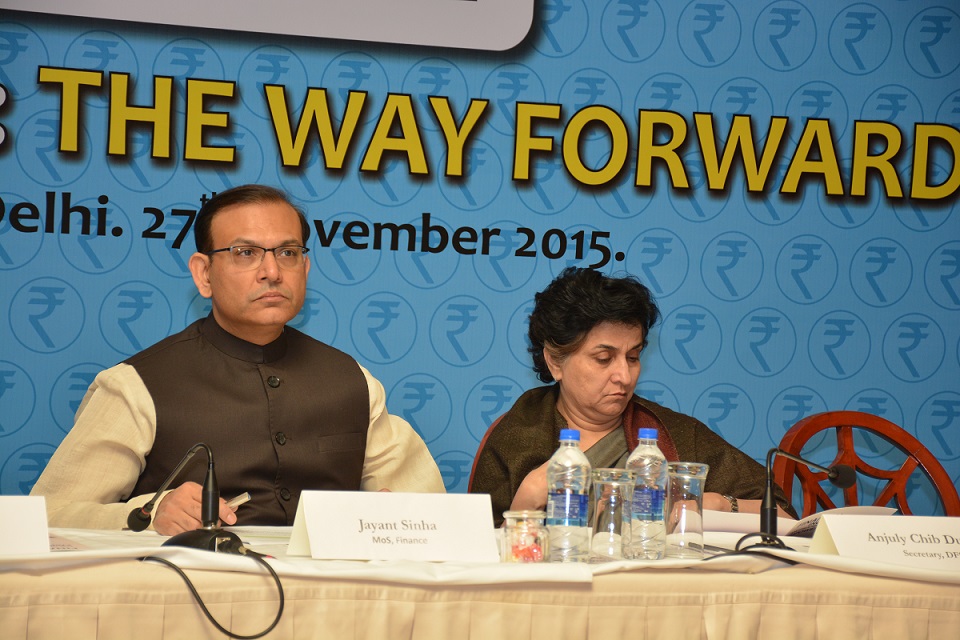
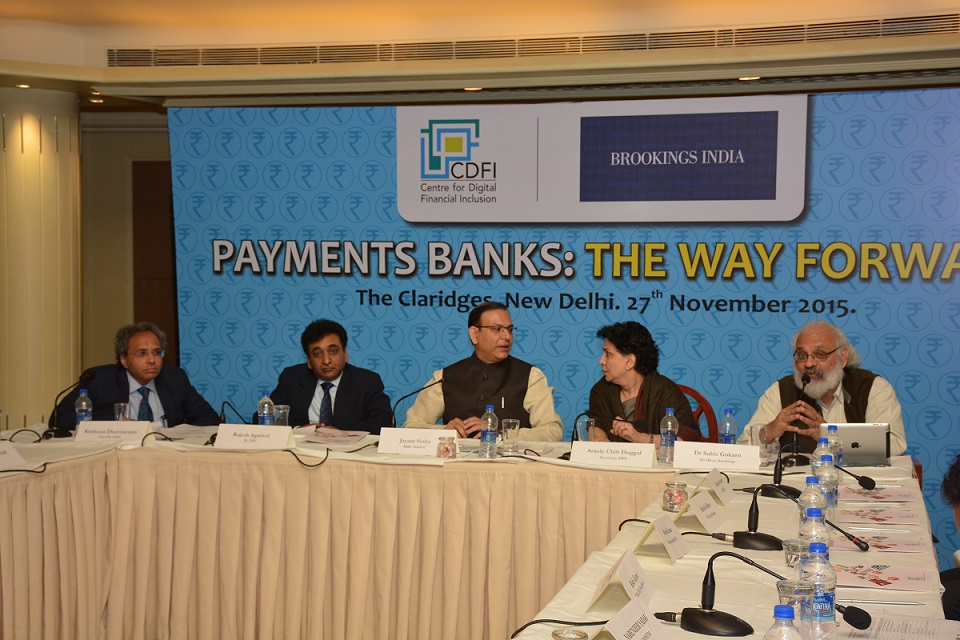
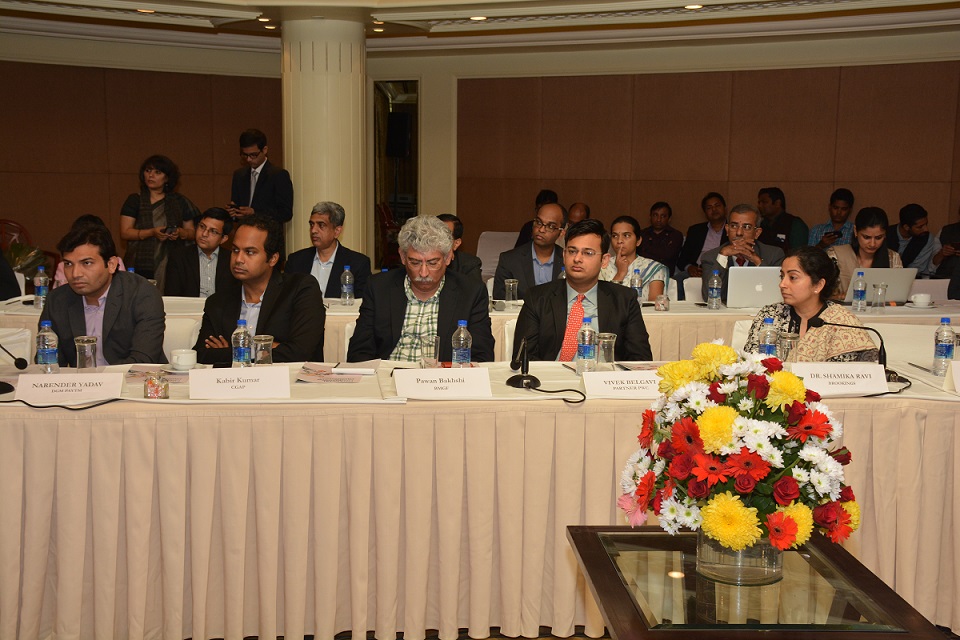
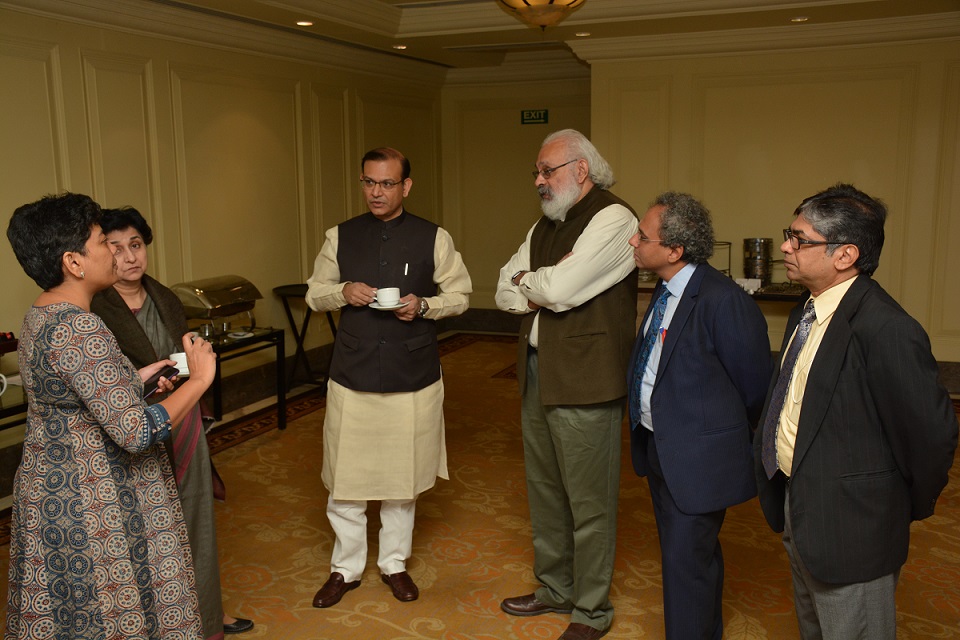
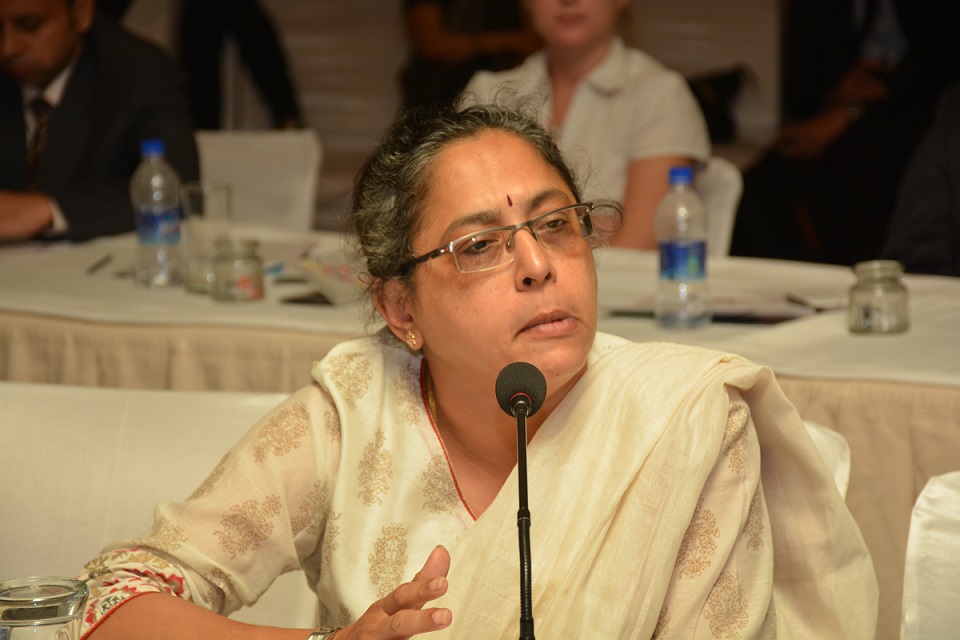
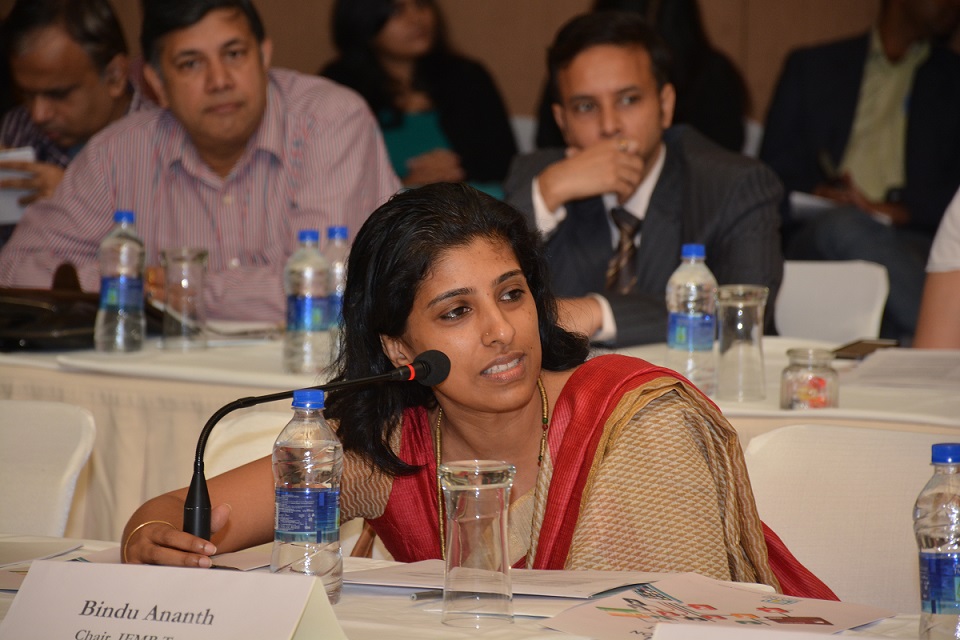
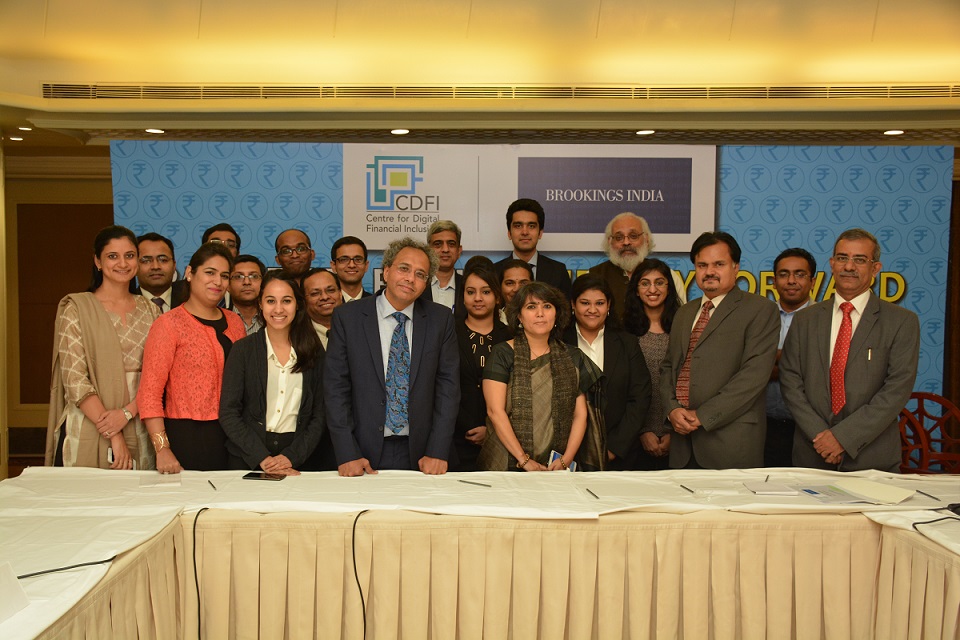

Rahul Tongia, Anurag Sehgal, Puneet Kamboj
2020
Online Only
3:00 am - 4:40 am IST

Saneet Chakradeo
August 18, 2020